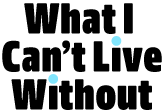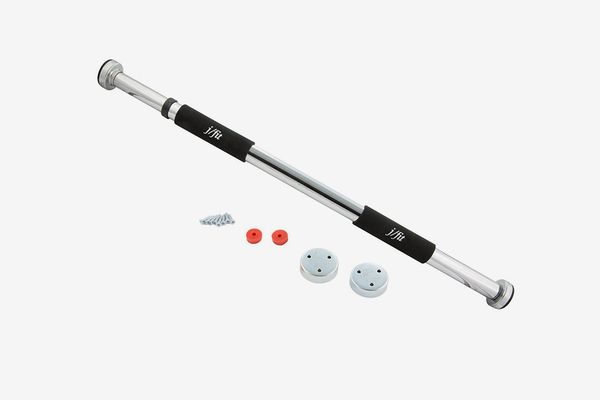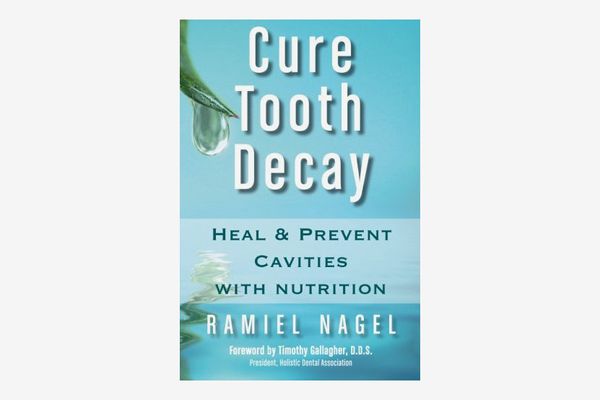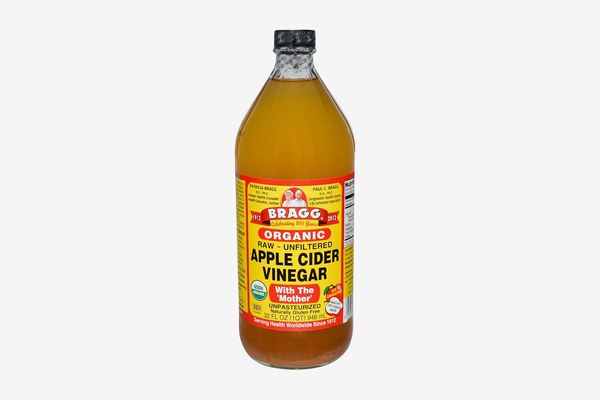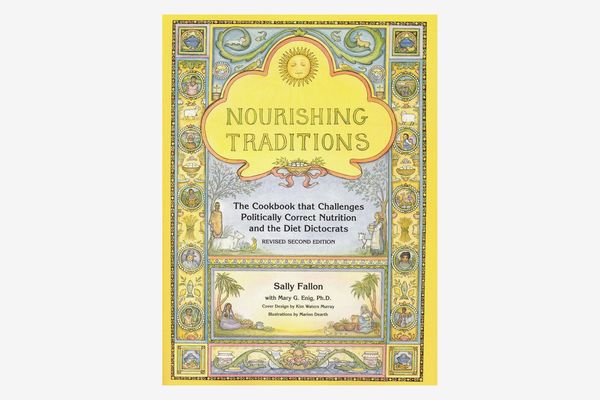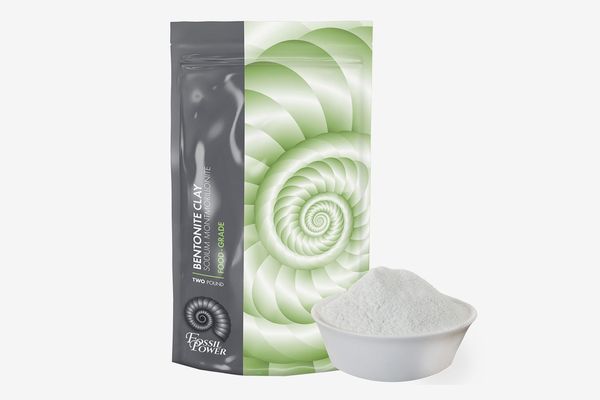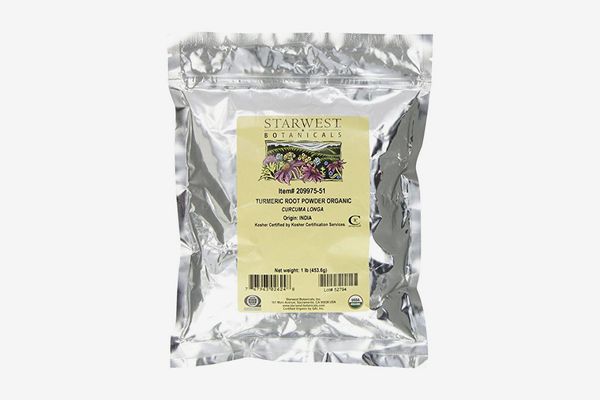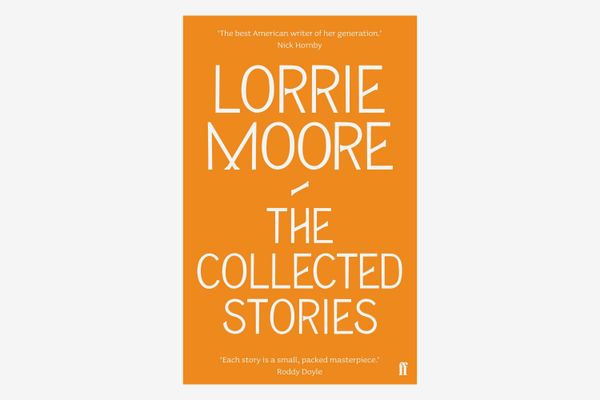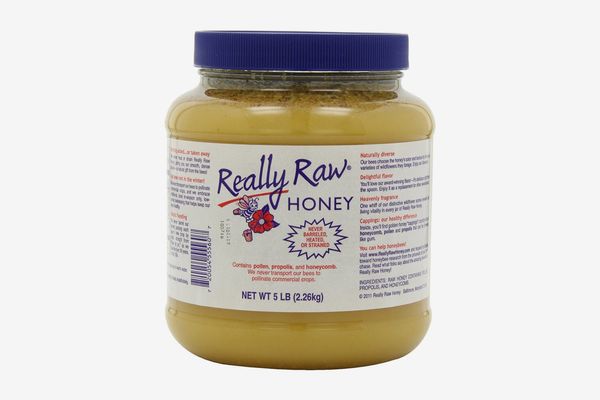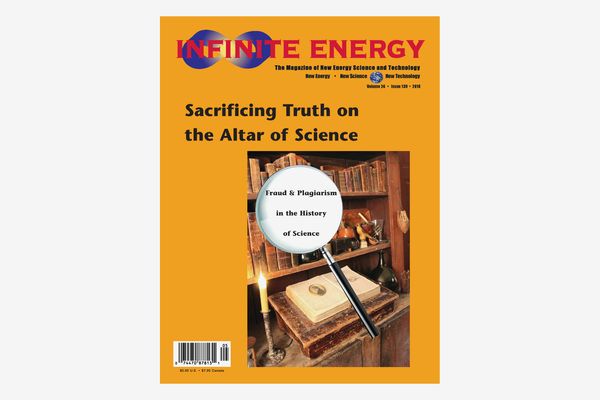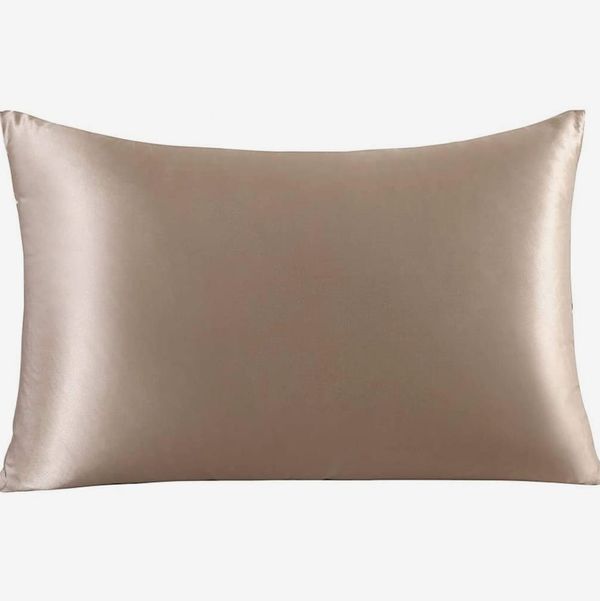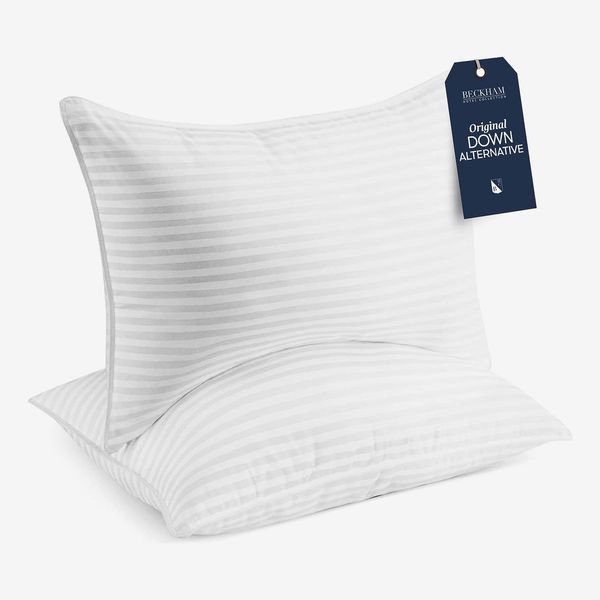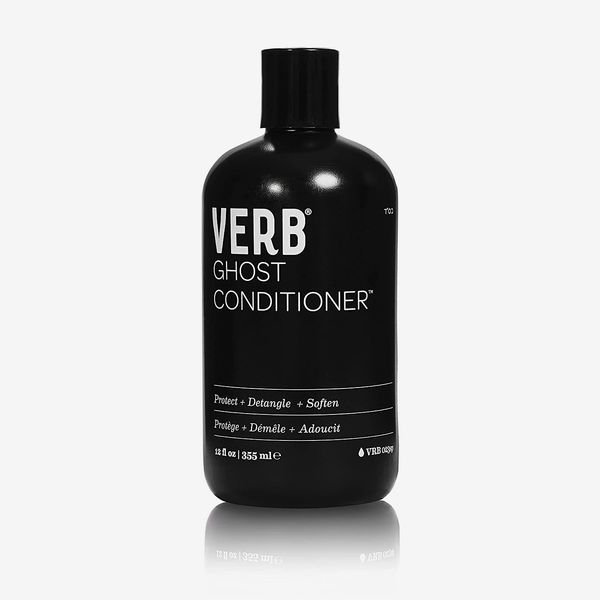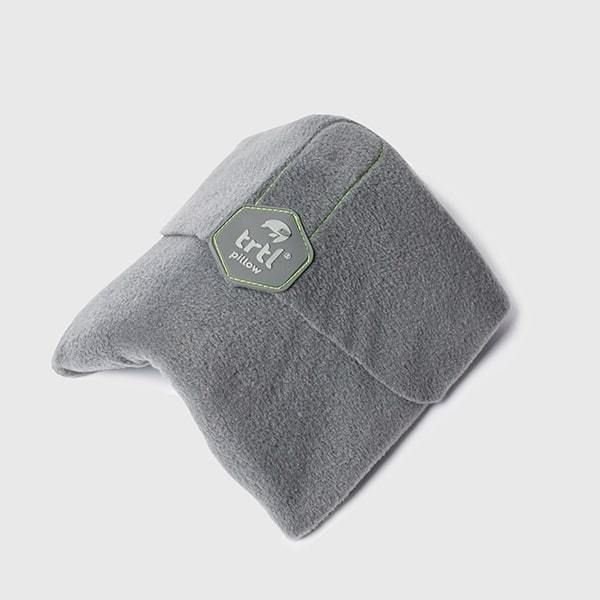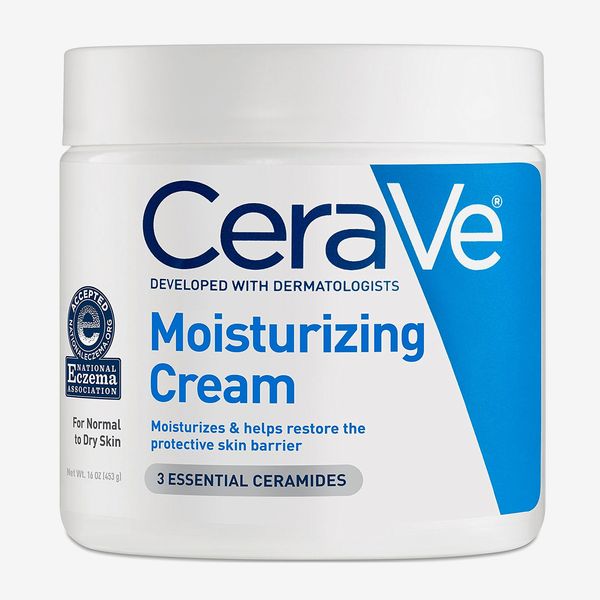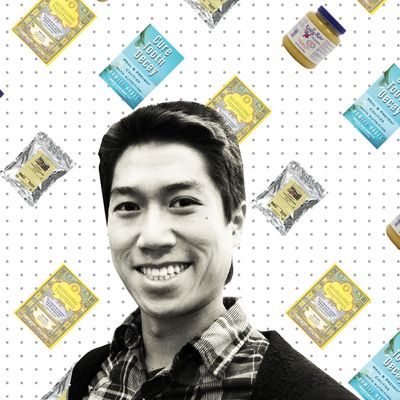
If you’re like us, you’ve probably wondered what famous people add to their carts. Not the JAR brooch and Louis XV chair, but the hand sanitizer and the electric toothbrush. We asked author Tao Lin, whose psychedelics book Trip is out now, about the cookbook, raw honey, and new-science magazine he can’t live without.
I have this bar set up in a doorway and I use it every day for exercise and stretching. I’ve been gradually learning to do more things with it. I hang upside down sometimes. It’s a fun way to exercise and move around and be in a state where I can’t hold a phone and have to focus fully. It takes up practically no room either.
This book I found in 2014 because I noticed that one of my teeth was turning black. I hadn’t looked at my teeth in the mirror with a lot of light for years. I hadn’t been to a dentist in ten years probably, and I wanted to see if there was a natural solution to my tooth problems, so I went on Amazon and searched “natural solutions for tooth decay,” and this book came up and it had something like 500-plus reviews with an average over 4.5. I read it and implemented its suggestions, which were all about going to more of an aboriginal diet and avoiding starches. I found it revelatory and still do.
If I cook something, I’ll use this vinegar, or if I marinate meat, I’ll use this. I’ll even drink it out of the bottle. It has this bacterum that’s one of the few bacteria that can metabolize a pesticide called glyphosate that’s in basically everyone. I know people say it is too acidic for them, but I find that it actually soothes my stomach because of the beneficial microbes.
The Nagel book actually led me to this cookbook, too. It’s another book based on aboriginal eating styles, focusing on animal fats and eggs and vegetables. It’s how I’ll eat now.
This is a natural clay from somewhere in France that’s just one of the hundreds of clays that aboriginals and wild animals eat to detoxify themselves, because it’s negatively charged and binds to positively charged molecules like toxins and heavy metals and pesticides. It’s good for making masks for cleaner and smoother skin, and I use it on bugbites, too. I ingest it by mixing it with water and honey so it turns into a paste. It tastes kind of like oysters. It’s kind of seafood-y ‘cause of all the minerals.
I’ve been using this for three years for inflammation and pain because I’ve had chronic back pain since I was 20 and it helps a lot with that. I’ve learned that turmeric’s a mood and memory enhancer, too. This study just came out from UCLA, I think, talking about how people taking curcumin (which is the main compound of turmeric) for 18 months had more than 20 percent improved memory and mood compared to people taking a placebo. I’ll put it in hot water and honey with other powders. Or I’ll just put it in anything I’ll cook. I’ll also eat turmeric fresh, too. It’s just a little root that’s shaped almost like ginger.
Lorrie Moore’s one of the two writers I spent the most time reading — from college until maybe 2013. She writes both novels and short stories, but I spent the most time reading this. I would read a few of them repeatedly, probably six to ten times. Besides liking her stories a lot as a reader, I learned from her as a writer, too. Her techniques for concision and how wild she would get with her metaphors really influenced me. And since I spent so much time reading her, when I reread it, I remember things from my life from when I read her the first time.
There seems to be a lot of different kinds of honey out there, and this brand noticed there was a lot of honey that called itself “raw” but in their view really wasn’t, so they call themselves “really raw.” It does seem better than other honeys I’ve tried because of the taste, and I’ll put it on pretty much anything. I’ll mix it with the bentonite clay, like I said. If I sauté vegetables, I’ll put it on at the end. I’ll put it in drinks. I’ll eat it with cheese and nuts. I’ll eat it straight out of the jar. It’s healthy and really tasty.
This is a magazine started by this MIT science reporter in 1995 named Eugene Mallove, which initially began as a publication on cold fusion, which two scientists in 1989 said they were able to successfully do. Cold fusion is a process using water and palladium to generate more energy than you put in, but it was quickly debunked and they were blacklisted. I think there’s something to it, though, and lots of people do. The founding editor was actually murdered in 2004, but the magazine kept going, covering topics called “new science” in addition to cold fusion. I’m really compelled by it. I just learned that Arthur C. Clarke, of whom I’m a big fan, has written for the magazine, and in the first issue wrote an introduction. In 1998, he published an article in Science saying that he’s 99 percent convinced that cold fusion is real, but if you look at the internet now, the mainstream views it as completely debunked.
The Strategist is designed to surface the most useful, expert recommendations for things to buy across the vast e-commerce landscape. Some of our latest conquests include the best acne treatments, rolling luggage, pillows for side sleepers, natural anxiety remedies, and bath towels. We update links when possible, but note that deals can expire and all prices are subject to change.
Every editorial product is independently selected. If you buy something through our links, New York may earn an affiliate commission.
